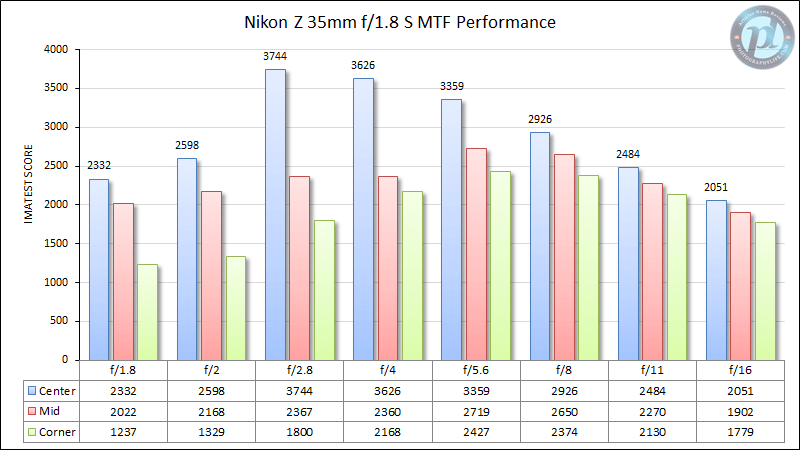Nikon Z 35mm f/1.2 vs f/1.4 vs f/1.8
Back at the dawn of the Z-mount, in 2018, Nikon introduced their first 35mm Z lens: the Nikon Z 35mm f/1.8 S. Just when everyone was expecting an f/1.2 version to follow in 2024, Nikon surprised us with the rather unexpected Nikon Z 35mm f/1.4. And finally, when it seemed Nikon had said all it had to say about this focal length, the long-awaited Nikon Z 35mm f/1.2 S appeared on stage.
How do these three lenses compare? Let’s take a closer look.
1. Bokeh Comparison
Just to keep things transparent: All photos shown below are completely unedited. I only converted the RAW files to JPGs in Nikon’s NX Studio. I didn’t use a tripod during the shoot, but I did pay close attention to maintaining the same shooting distance for each frame.



The Nikon 35mm f/1.2 immediately sets itself apart from its older siblings with its shallow, dreamy depth of field.
What about farther focus distances? The following set of three images allows you to assess the background blur in photos focused at more common distances.



And here is a set with foreground blur:



I was curious to what extent the bokeh quality shown here is a manifestation of the aperture, and to what extent it is the responsibility of the optical quality of the lens itself. So, I stopped down the 35mm f/1.2 to match the other lenses. As expected, this increased depth of field – but the softness remained intact.
First, a comparison of the 35mm f/1.2 and the 35mm f/1.4, both at the same f/1.4 aperture:


This pair of photos shows the 35mm f/1.2 and 35mm f/1.8 lenses, both at the same f/1.8 aperture:


The 35mm f/1.2 delivers bokeh as smooth as chinchilla fur. This quality remains even when stopping down. By comparison, the 35mm f/1.4 lens has a little more “character” – double lines, swirly bokeh, and a busier look. Whether that’s good or bad, I’ll leave up to your taste. Finally, the bokeh of the 35mm f/1.8 looks softer than the f/1.4, but it can’t match the chinchilla silkiness of the f/1.2.
2. Sharpness Comparison
Here is how the three 35mm lenses measure in our lab:



We have no bad performers here, but the Nikon Z 35mm f/1.2 S is clearly the best. The other two lenses are closer to each another than expected.
3. Sample Photo Comparison
Let’s return to the centre of Prague to see some sample photos from each lens. The street musicians on Charles Bridge gave me the perfect opportunity to test all three lenses in the same (admittedly terrible) light. Thanks to the similar compositions, you can get a feel for how the images look from each lens, all shot at maximum aperture.
Nikon Z 35mm f/1.2 S:







Nikon Z 35mm f/1.4:





Nikon Z 35mm f/1.8 S:








The next page of this review sums up everything and explains the pros and cons of the Nikon Z 35mm f/1.2 S. Click the menu below to go to “Verdict”:
Table of Contents